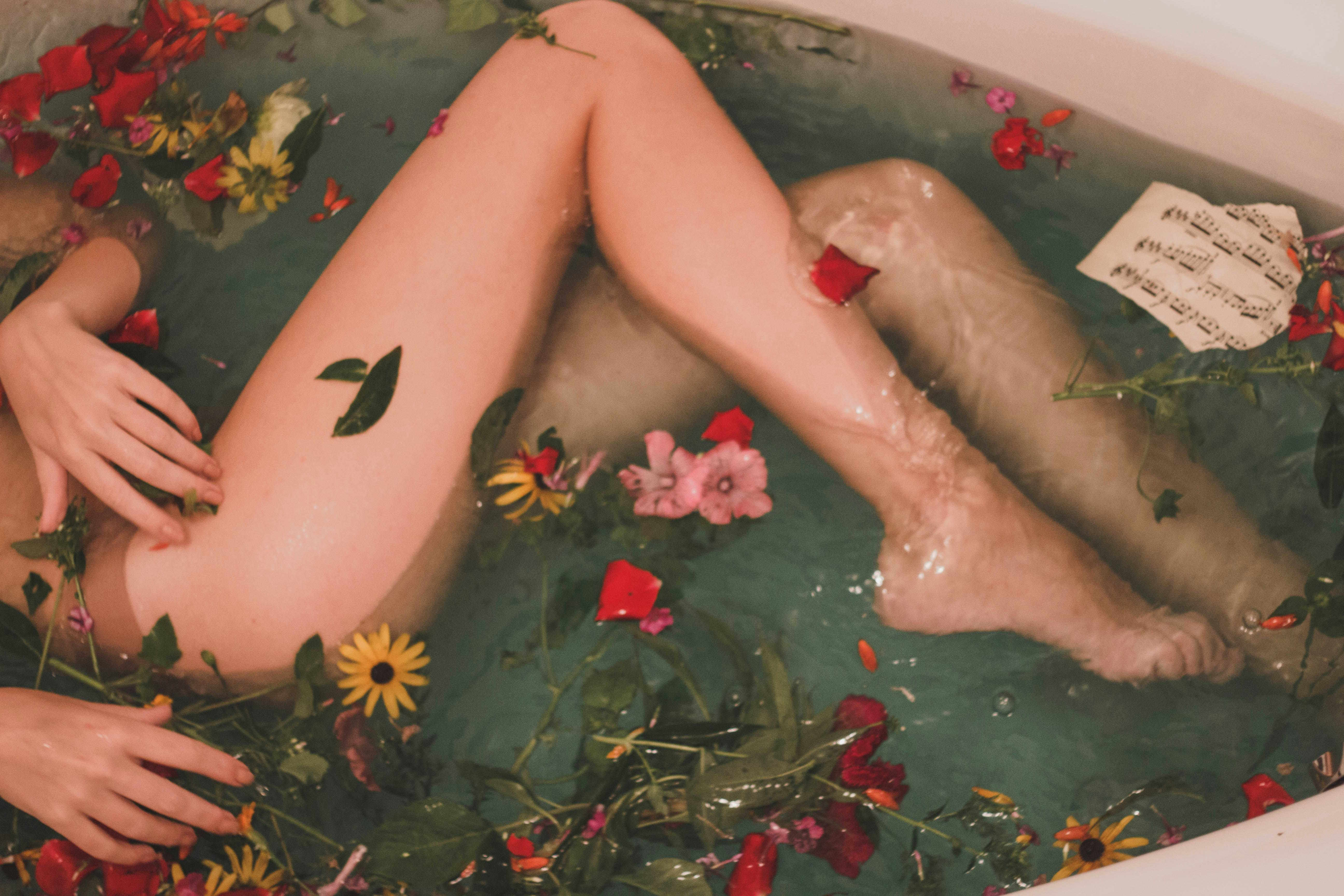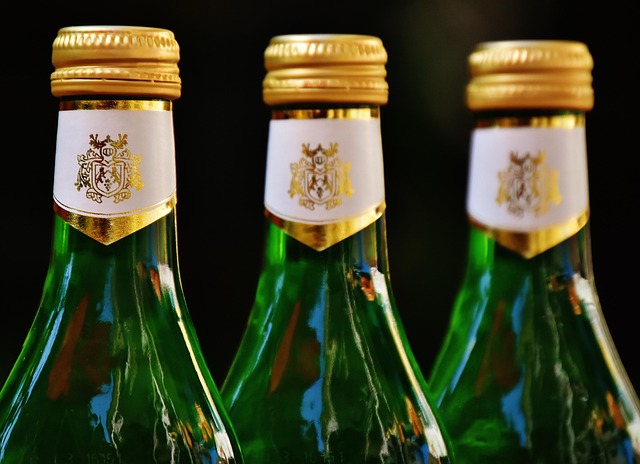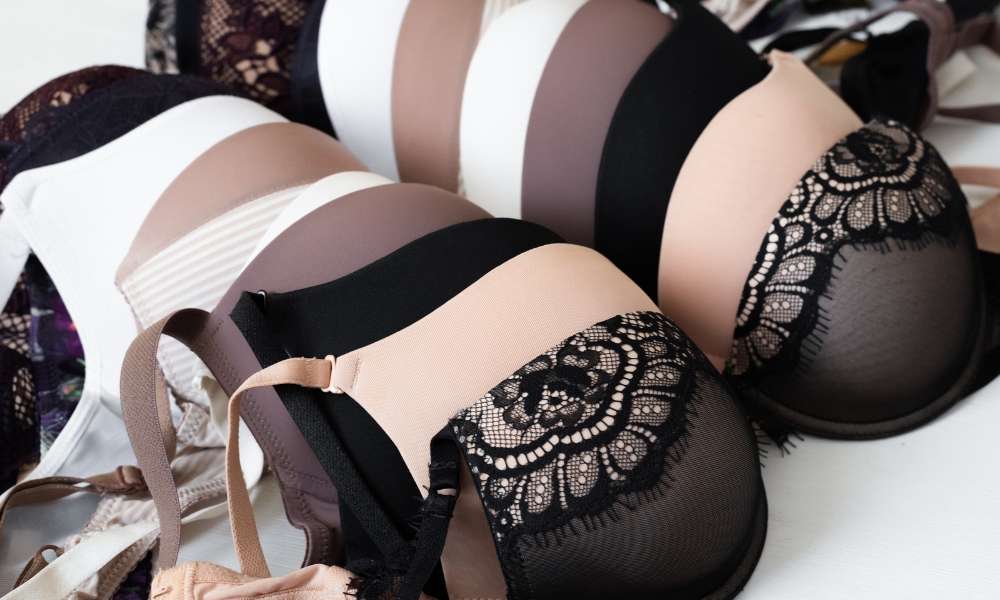Decoding the Science and Art of Botox: A Comprehensive Guide
The realm of beauty is ever-evolving and dynamically changing with new innovations and trends. Among these, one treatment that has been a game-changer for many is Botox. Initially emerging as a medical solution for certain muscular conditions, Botox has grown to become a leading non-surgical cosmetic treatment worldwide. It's a testament to how science can be harnessed to enhance and redefine our perceptions of beauty. This article will delve into the history, science, and present relevance of Botox, as well as its societal impact and reception.

Historical Roots of Botox: From Toxin to Treatment
The journey of Botox is an intriguing one. Its active ingredient, Botulinum toxin, was first identified in the 19th century as a substance produced by the bacterium Clostridium botulinum. Initially considered a harmful substance causing food poisoning, it was only in the 1950s that researchers began to explore its potential therapeutic uses.
Dr. Alan Scott, an ophthalmologist, was the first to utilize Botulinum toxin in the medical field, using it to treat strabismus, a condition causing crossed eyes. His groundbreaking work paved the way for further research into the beneficial effects of this toxin. By the late 1980s, Botox, a purified form of Botulinum toxin, was approved by the FDA for treating certain eye muscle disorders. The transition from a harmful toxin to a therapeutic tool was complete.
Botox: The Science Behind the Beauty
Botox works by blocking the nerve signals that cause muscles to contract. When injected, it prevents these signals from reaching the muscle, resulting in a temporary reduction of muscle activity. This feature is what makes Botox effective in treating conditions characterized by excessive muscle activity, such as strabismus and blepharospasm.
Fast forward to the 1990s, and the cosmetic potential of Botox began to surface. Dermatologists noticed a remarkable improvement in facial wrinkles in patients treated with Botox for other conditions. This inspired further investigation into its aesthetic applications, leading to its FDA approval for cosmetic use in 2002. Today, Botox is a popular treatment for reducing wrinkles and fine lines, giving the skin a smoother, more youthful appearance.
Botox in Modern Society: Aesthetic Appeal and Beyond
The popularity of Botox has grown exponentially. It appeals to a wide audience from those in their 20s to seniors, men and women alike, all seeking to improve their appearance and slow down the aging process. Its widespread use in the beauty industry has made it a household name.
However, Botox’s impact extends beyond the aesthetic. It’s an essential tool in the medical field, used to treat a range of conditions from migraines to excessive sweating. Its versatility and effectiveness have made Botox a revolutionary product in the realms of both aesthetics and medicine.
Reception and Impact of Botox: Changing Perceptions of Beauty
The reception of Botox has been a mixed bag. On one hand, it’s hailed as a miracle worker, a quick and relatively painless way to achieve a youthful appearance. On the other hand, it’s criticized for promoting unrealistic beauty ideals and fostering a culture of perfectionism.
However, a unique perspective on Botox is emerging. Today, more and more individuals are viewing Botox as a tool for self-expression and personal satisfaction rather than a means to conform to societal beauty norms. This shift in the narrative around Botox can be seen as a reflection of our evolving understanding of beauty as highly individual and subjective.
The Future of Botox: A Continued Journey of Discovery
As we move forward, the exploration of Botox’s potential continues. Researchers are constantly discovering new applications for this versatile substance, in fields ranging from dermatology to neurology. Its future seems promising, with the potential to impact not just our notions of beauty but our overall well-being.
In conclusion, Botox is a fascinating intersection of science and beauty. Its journey from being a harmful bacterium to a revolutionary treatment option is a testament to the power of scientific innovation. As we continue to explore and understand its potential, Botox symbolizes the ever-evolving narrative of beauty, where science and art merge to redefine our perceptions and expectations.




